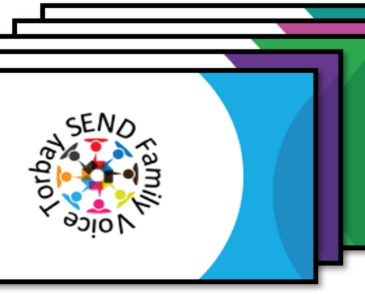

Last Updated - February 4, 2025
What are our five toolkits and how do I use them?
The five Graduated Response toolkits are:
- Cognition and Learning – Cognition and learning difficulties cover a wide range of needs and abilities. Cognition and learning difficulties may affect all areas of the curriculum, as with pupils with Moderate Learning Difficulties or Severe Learning Difficulties. However, cognition and learning difficulties may only impact on specific areas such as reading, writing, spelling and/or numeracy. View and / or download the Cognition and Learning toolkit here Cognition-and-Learning-Needs.pdf
- Speech, Language and Communication – Speech, Language and communication needs cover a range of difficulties such as: producing speech sounds accurately, stammering, voice problems, such as hoarseness and loss of voice, understanding language (i.e., making sense of what people say), using language including words and sentences and interacting with others (e.g., difficulties understanding and using the non-verbal rules of good communication, using language in different ways to question, clarify or describe things, or taking into account other people’s perspectives). View and / or download the Speech, Language and Communication toolkit here Speech-Language-and-Communication-Needs.pdf
- Social, Emotional and Mental Health – Social, emotional and mental health (SEMH) needs are a type of special educational needs in which children and young people have difficulties in managing their emotions and behaviour. They may often show inappropriate responses and feelings to situations. This means that they may have trouble in building and maintaining relationships with peers and adults; they may also struggle to engage with learning and to cope in the classroom without additional strategies and interventions. Children with SEMH will often feel anxious, scared and misunderstood. View and / or download the Social, Emotional and Mental Health toolkit here Social-Emotional-and-Mental-Health-Needs.pdf
- Physical & Sensory – Sensory impairments can be defined as an impairment that affects a child or young person’s ability to access auditory or visual information. Physical impairments usually originate from neurological or metabolic causes and can require specific intervention. View and / or download the Physical and Sensory toolkit here Sensory-and-Physical-Needs.pdf
- Neurodiversity – All human beings can be described as neurodiverse. We vary in the way our brains work. We take in information in different ways. We process it in different ways and therefore, we behave in different ways. When we talk about neurodivergence, this covers a wide range of neurological differences which may either enhance or be a barrier to learning. These differences can affect a number of developmental areas and be observed as characteristic that are indicative of autism, ADHD, dyslexia, dyspraxia, dyscalculia, Classic Tic disorders, developmental coordination disorder, intellectual disability and Developmental Language Disorder (DLD).
For children under 5 years old an Early Years toolkit has been developed. View and / or download the Early Years toolkit here torbay-early-years-graduated-approach.pdf
For young people a 16 – 18 toolkit has been developed. View and / or download the 16 – 18 toolkit here 16 – 18 Graduated Response Toolkit
Many children and young people will have needs that do not fit in just one toolkit. Therefore, it may be necessary to refer to more than one toolkit to support the child or young person.
